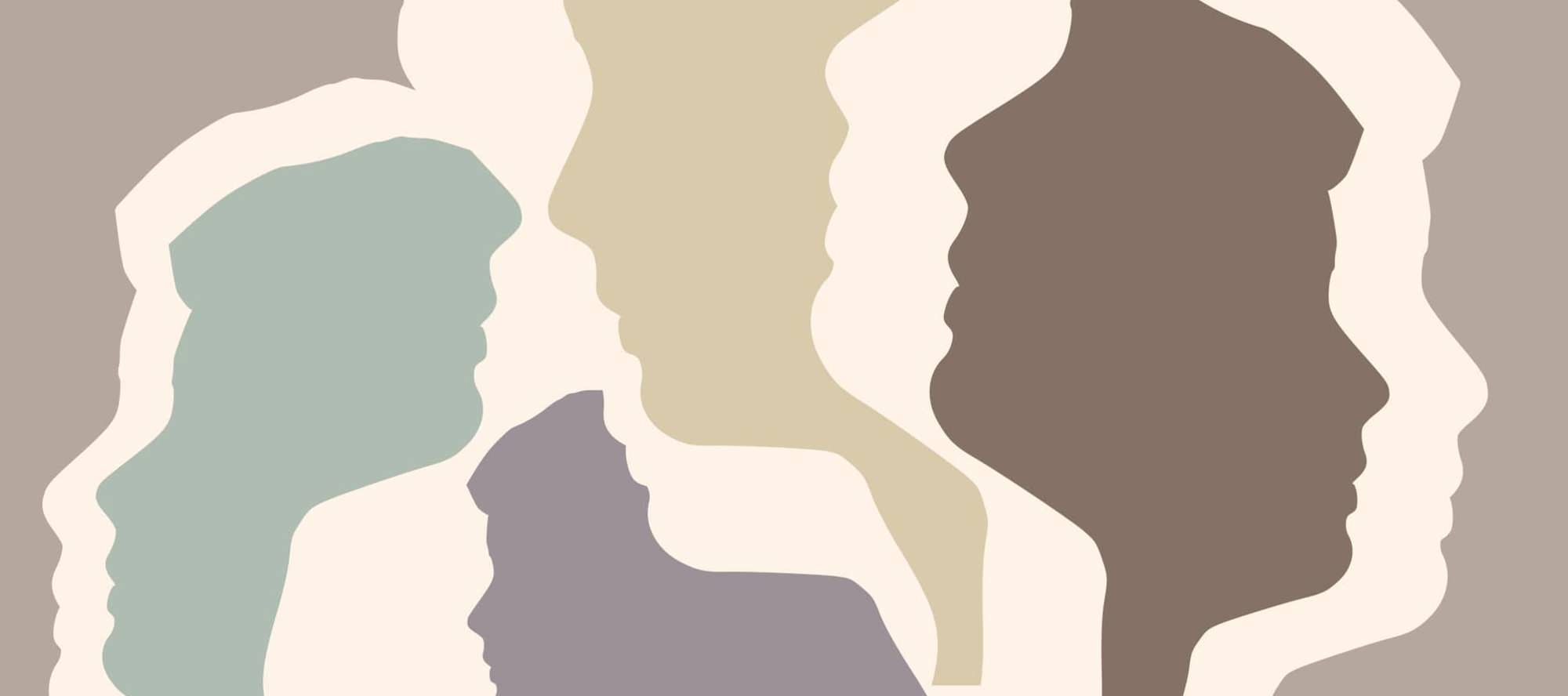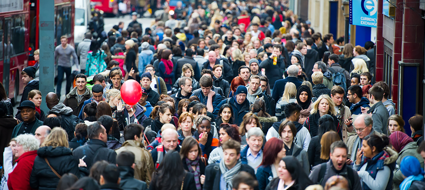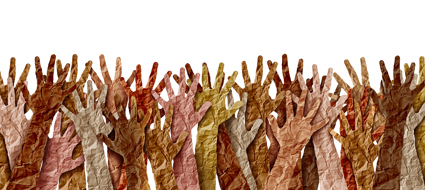Shades of Bias
Published:
Shades of Bias is a versatile case study template designed to enable critical reflection on how discrimination, oppression and racism manifests in social work and beyond. These videos explore the tool.
Introduction
Shades of Bias can help you to document and analyse discriminatory incidents. It can be used to document, analyse and as a basis to address instances of bias, whether it is experienced directly, observed or perpetrated.
The process embraces intersectionality and is underpinned by the protected characteristics (age, race, disability, sexual orientation, religion etc) of the author (as per the Equality Act 2010).
The Shades of Bias (SoB) case study template was developed by Wayne Reid (BASW England Professional and Social Worker), the Black and Ethnic Minority Professionals Symposium (BPS), Professional Capabilities and Development (PC & D) group, Anti Racist Movement (A.R.M) and School of Shabs following concerns raised by Black and Global Majority BASW England members including:
-
Practice Educators - who reported racism with students and organisational practices
-
Students - who reported racism in social work placements and academic settings
-
Newly Qualified Social Workers (NQSWs) - who encountered racism in recruitment, everyday practice, career progression and workplace cultures
Below are three videos that provide an overview of Shades of Bias.
Who is Shades of Bias for?
The template can be used with different groups of people, including victims / survivors, witnesses and observers, and the people responsible for bias.
Shades of Bias serves three different groups: Victims, survivors, uh, of race-racism, discrimination, and depression, and it provides cathartic and therapeutic benefits.
So for people who've experienced those things, Shades of Bias offers a way to process and validate their experiences, reducing the fear of dismissal or gaslighting. Writing about these incidents can help release emotional distress, allowing people to articulate their feelings in a constructive way. It helps victims and survivors to make sense of what happened, to recognise patterns of discrimination, and to regain a sense of control over the narrative. By documenting their experiences, individuals can create a tangible record of injustice, which can be used to seek accountability, support, and or systemic change.
This approach reduces isolation, as individuals see their experiences reflected in broader structural patterns, rather than as a personal failure or isolated-isolated incident. It's imperative that victims and survivors of discrimination, oppression and racism access appropriate wellbeing networks, and I've outlined some there, um, which again you could look at, uh, when you get your copy of this presentation.
The next group is witnesses and observers, who can benefit from, um, the template. Um, people in those situations often feel uncertain about how to intervene, and Shades of Bias provides a proactive method to acknowledge and challenge effectively. Witnesses and observers can doc-document, uh, incidents without putting themselves at risk, ensuring that, those instances do not go unnoticed and or become normalized. Observers can contribute to a growing body of evidence that reveals patterns of systemic injustice professionally and in wide-wider society. Shades of Bias supports active social justice, helping witnesses move from silent and passive observance to meaningful action. For many witnesses, speaking up against, uh, discrimination, oppression and racism, can be in-intimidating or professionally risky. And so Shades of Bias provides a safe, structured way to record and report those incidents, making systemic change more achievable.
Then you'll see there the final group, which Shades of Bias supports is the person or people responsible for bias. And it can be a tool for accountability, critical reflection, and growth. So we'll all be aware that even well-intentioned people can exhibit bias, including myself and, everybody else I'm sure. So, Shades of Bias provides a logical, non-punitive method for people to reflect on their own actions, inactions and biases. People responsible for the bias are encouraged to analyse their decision making and behaviours, recognising how instinctive and impulsive biases, can influence professional judgement. By completing the template from their own perspective, people can confront how and why they perpetuated discrimination, oppression, or racism, and commit to learning and change.
This process aims to convert guilt into being responsible and shame, uh, into taking accountability - cultivating a culture of growth rather than defensiveness. This approach helps to shift from a blame culture to a learning culture, where people actively deconstruct bias and commit to authentic and holistic social justice.
Wayne Reid from the British Association of Social Workers (BASW) shares how Shades of Bias can be used with different groups of people, including victims / survivors, witnesses and observers and the people responsible for bias.
Talking Points
This video looks at how Shades of Bias can:
- Help to validate the experiences of victims / survivors.
- Support witnesses and observers to intervene when they are involved in discrimination, oppression and racism.
- Be used as a tool for accountability, reflection and growth for those responsible for bias.
Reflective questions
Here are reflective questions to stimulate conversation and support practice.
- Where are there opportunities in your work for using Shades of Bias?
- Who might you need to talk to use Shades of Bias effectively as part of your practice?
You could use these questions in a reflective session or talk to a colleague. You can save your reflections and access these in the Research in Practice Your CPD area.
How can we use Shades of Bias?
The template can be used to inform policy, practice and enhance social work education.
So in terms of inform-informing social work policy, it could be used as evidence in consultations to inform policies on community relations, workforce equality, and social work education. It provides, uh, anonymous case studies that poli-policy makers can use to develop social justice strategies. Aligns with initiatives like the WRES that I've already mentioned to collect data and track patterns of discrimination, oppression, and racism.
It can shape social work practice by, um, being used by professionals in practice supervision and working directly with people and the communities that we serve. It helps professionals assess their own decision making and recognize patterns of discrimination, oppression, and racism in service delivery. It also serves as a continuous professional development tool that enables professionals to document their learning and improvement in ethical practice.
And in terms of social work education, it enhances the ability of the universities and trading providers to integrate, um, their, uh, Shades of Bias into their program delivery, uh, and student support to educate, empower, and equip them. Students can use it to document their experiences, ensuring their concerns and learning about bias and discrimination are recorded for them to use as and when ne-necessary. And finally, it supports practice educators in assessing students fairly and equitably, whilst being mindful of their own needs and bias that may affect their practice.
Wayne Reid from the British Association of Social Workers (BASW) discusses how Shades of Bias can be used flexibly in different contexts.
Talking Points
This video looks at how Shades of Bias can:
-
Inform policy.
-
Shape practice.
-
Enhance social work education.
Reflective questions
Here are reflective questions to stimulate conversation and support practice.
- What initiatives or process in your organisation dovetail or align with Shades of Bias?
- How might you case studies as evidence in your work?
You could use these questions in a reflective session or talk to a colleague. You can save your reflections and access these in the Research in Practice Your CPD area.
Resources that are mentioned in this video
Using Shades of Bias for accountability, growth and self-reflection
Using the case study template when working with people, groups and organisations that have engaged in biased, discriminatory or oppressive actions or behaviours.
A section specifically for people responsible for the bias, uh, and I've talked already about the benefits in terms of accountability, growth, and self-reflection. That specific section supports individuals who have engaged in biased or discriminatory, um, or oppressive actions or behaviours, whether knowingly or un-unwittingly.
It has a structured non-punitive approach to reflection, helping individuals take responsibility, learn and commit to anti-discriminatory, anti-racist, and anti-oppressive practice.
So why might they engage? While the benefits would be to recognise and understand personal biases, which I reiterate I believe we all have. To acknowledge and address the harm caused. To align with professional ethics and regulatory expectations. To contribute to a culture of accountability and systemic change.
When completing a Shade of Bias case study, people responsible for the bias should focus on understanding their actions. And there's a few questions there to help people reflect on that. And then secondly, the impact on others. And again, a few more prompts, uh, in that respect.
Here's a few more categories which I'll not go into great depth on, um, but just the overarching categories refer to systemic and organisational influences that affected that, uh, that bias, commitment to change, and the willingness to repair and move forward.
Shades of Bias encourages honest self-reflection and that really is the starting point for anybody completing the template. By engaging meaningfully, people respons-responsible for bias can move beyond de-defensiveness to take responsibility and contribute to their personal and professional growth that prioritises justice, equality and ethical practic
Wayne Reid from the British Association of Social Workers (BASW) examines how Shades of Bias can be used when working with people who have engaged in biased, discriminatory or oppressive actions or behaviours.
Talking Points
This video looks at:
-
Why people might take part in the process.
-
Using the tool to help people to understand their actions and their impact on others.
-
Moving beyond defensiveness to personal growth.
Reflective questions
Here are reflective questions to stimulate conversation and support practice.
- How would you know that there is a culture of accountability around bias in your organisation?
- What biases do you hold and how can you surface these when reflecting on your work?
You could use these questions in a reflective session or talk to a colleague. You can save your reflections and access these in the Research in Practice Your CPD area.
Related resources
- Anti-racist systems leadership
- Anti-racist systems leadership to address systemic racism: Strategic Briefing
- Equity: Change Project
- Promoting anti-racism in children's social care: Video learning resources
- Promoting anti-racism in social work
- Racism, intersectionality, privilege, power, fragility and allyship
Further resources including guidance, exemplars, templates and promotional materials are available on the BASW website.
These resources were developed from a presentation at a network meeting of the Children’s Principal Social Worker’s Network that focused on anti-racism.
Professional Standards
PQS:KSS - Relationships and effective direct work | Child and family assessment | Analysis, decision-making, planning and review | Effective use of power and authority | Confident analysis and decision-making | Person-centred practice | Effective assessments and outcome based support planning | Supervision, critical analysis and reflection | Promoting and supporting critical analysis and decision-making | Assuring good social work practice and development
CQC - Effective | Caring
PCF - Values and ethics | Diversity and equality | Critical reflection and analysis




